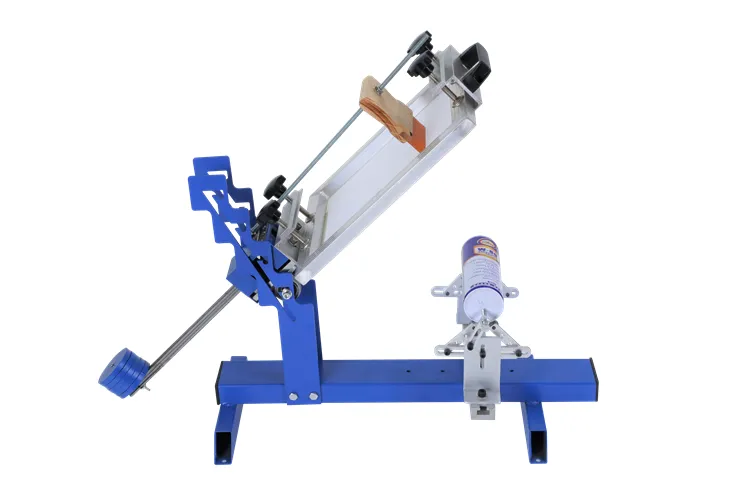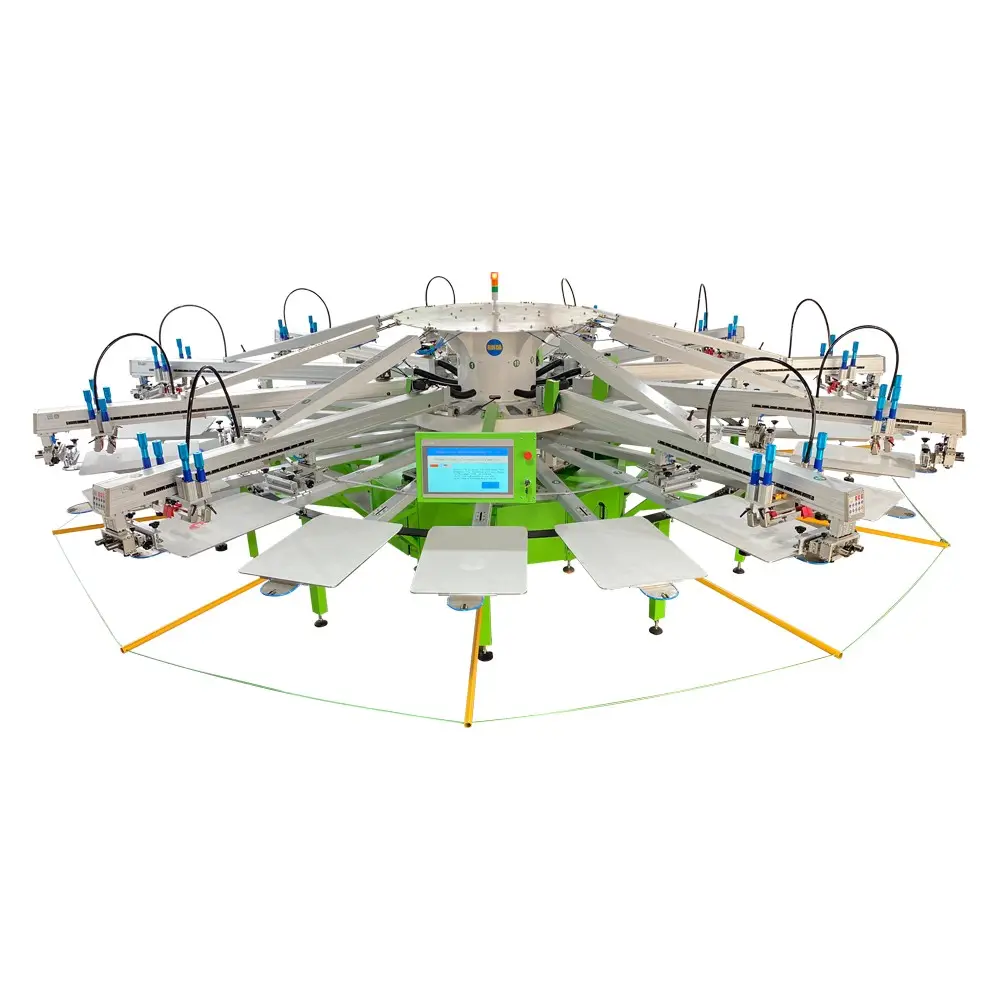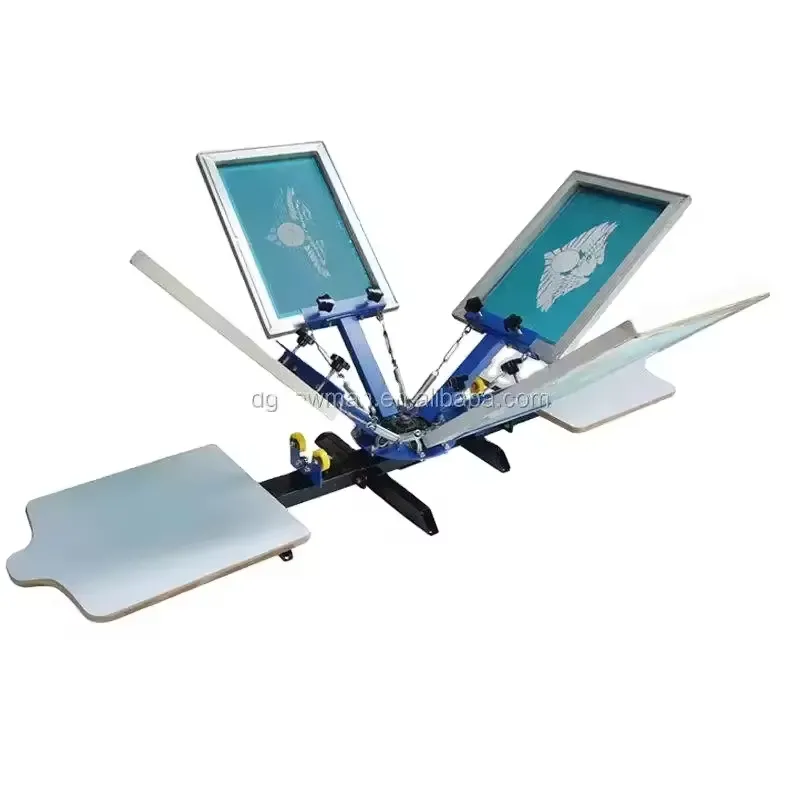positief drukken
Positieve screenprinting is een veelzijdige en breed toegepaste druktechniek die de manier waarop afbeeldingen en ontwerpen op verschillende oppervlakken worden overgedragen revolutioneert. Deze methode houdt in dat er een sjabloon wordt gemaakt, bekend als een screen, waarbij de ontwerpgebieden open zijn terwijl de niet-drukkende gebieden worden geblokkeerd. Het proces begint met het maken van een positieve afbeelding op een doorzichtig filmje, dat vervolgens wordt gebruikt om een fotosensitieve emulsie toe te passen op het screenrooster. Wanneer UV-licht het scherm raakt, hardt de emulsie in de niet-afbeeldingsgebieden vast, terwijl de door de positieve afbeelding beschermd gebieden zacht blijven en weggespoeld kunnen worden, waardoor het sjabloon ontstaat. Tijdens het drukken wordt inkt door deze open gebieden geduwd op het onderliggende materiaal met behulp van een squeegee. Deze techniek biedt uitzonderlijke veelzijdigheid in termen van materiaalcompatibiliteit, wat het mogelijk maakt om te drukken op materialen variërend van textiel en papier tot glas en metaal. De technologie stelt nauwkeurige inktcontrole mogelijk, wat het ideaal maakt voor zowel fijn detailwerk als voor zware bedekkingsapplicaties. Moderne positieve screenprinting heeft zich ontwikkeld om geavanceerde automatiseringssystemen, nauwkeurige registratiecontroles en sophisticated inktformulaties te integreren, waardoor het een onmisbaar proces is geworden in industrieën zoals textielproductie en elektronicafabricage.


